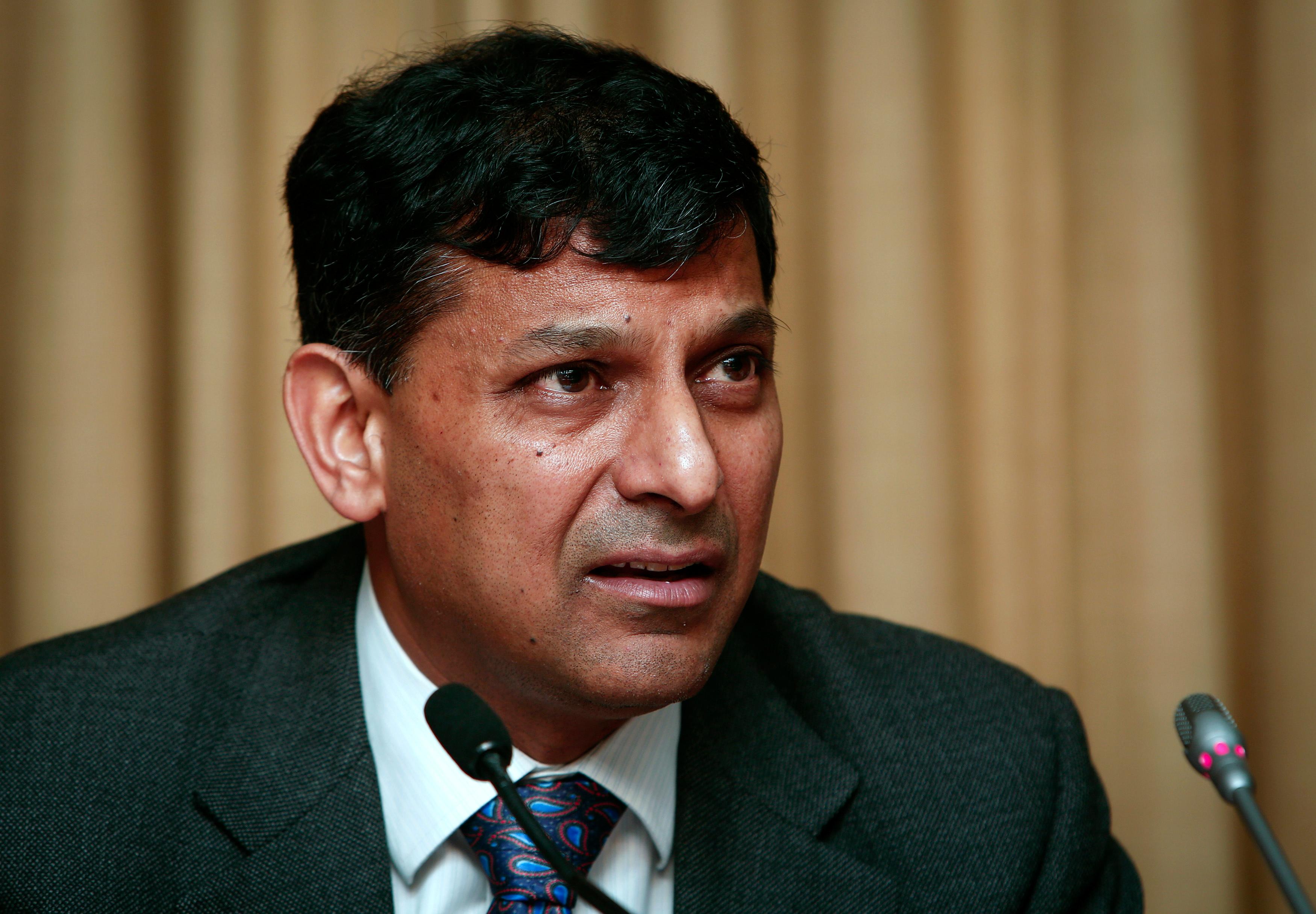The Reserve Bank of India (RBI) decided to hold the key monetary policy rate at 7.75 per cent in its bi-monthly policy review meet on Tuesday, having snipped it just two weeks ago. Although the street was split on whether he would cut rate again, the wider expectation favoured a status quo.
The 30-stock benchmark index Sensex was flat soon after the announcement but ended the day down 0.4 per cent.
However, RBI cut the statutory liquidity ratio or SLR from 22 per cent to 21.5 per cent so that banks can lend out more. SLR is the reserve requirement that commercial banks are expected to maintain in the form of cash, gold or government approved securities before providing credit to the customers.
RBI in its policy statement laid stress on the undershooting related to the projected path of disinflation. Both consumer and wholesale prices of goods and services have fallen in the past few months owing to falling inflationary expectations as well as data on weak commodity prices and muted rural wage growth.
The central bank seemed confident to meet its objective of 6 per cent consumer inflation by January 2016. It is already under that mark and stood at 5 per cent for December.
RBI governor Raghuram Rajan has now put the ball in the government's court and would take a decision after the Union Budget which is to be presented later this month on February 28. The market is expecting more fiscal consolidation by the government as it has already set a target of 3.6 per cent fiscal deficit this year and 3 per cent for the next.
RBI also indicated in its statement that “key to further easing are data that confirm continuing disinflationary pressures. Also critical would be sustained high quality fiscal consolidation…”.
Given that there have been no substantial new developments on the disinflationary process or on the fiscal outlook since January 15, it is appropriate for the Reserve Bank to await them and maintain the current interest rate stance. The next inflation data are expected in mid-February.
The central bank remained positive on the growth outlook owing to the disinflationary pressures, easier financing conditions and some progress on stalled projects but was cautious about the global economic outlook and the fiscal drag arising out of the compression in plan expenditure in order to meet consolidation targets set for the year.
Although it retained the baseline projection for economic growth using the old GDP base at 5.5 per cent for the 2014-15, it said this is expected to rise to 6.5 per cent in the coming fiscal with risks broadly balanced at this point.
Notably, the revised GDP statistics (with new base year of 2011-12) released on January 30 catapulted the growth rate for 2013-14 to 6.9 per cent from previous estimate of 4.7 per cent. RBI has not taken into account the new national statistics in its monetary policy review but observed that advance estimates for 2014-15 (with new base rate)expected on February 9, 2015 will need to be analysed and could result in revisions to the Reserve Bank’s growth projections for 2015-16.
The first bi-monthly monetary policy statement for fiscal year 2015-16 is scheduled on Tuesday, April 7, 2015.
(Edited by Joby Puthuparampil Johnson)






